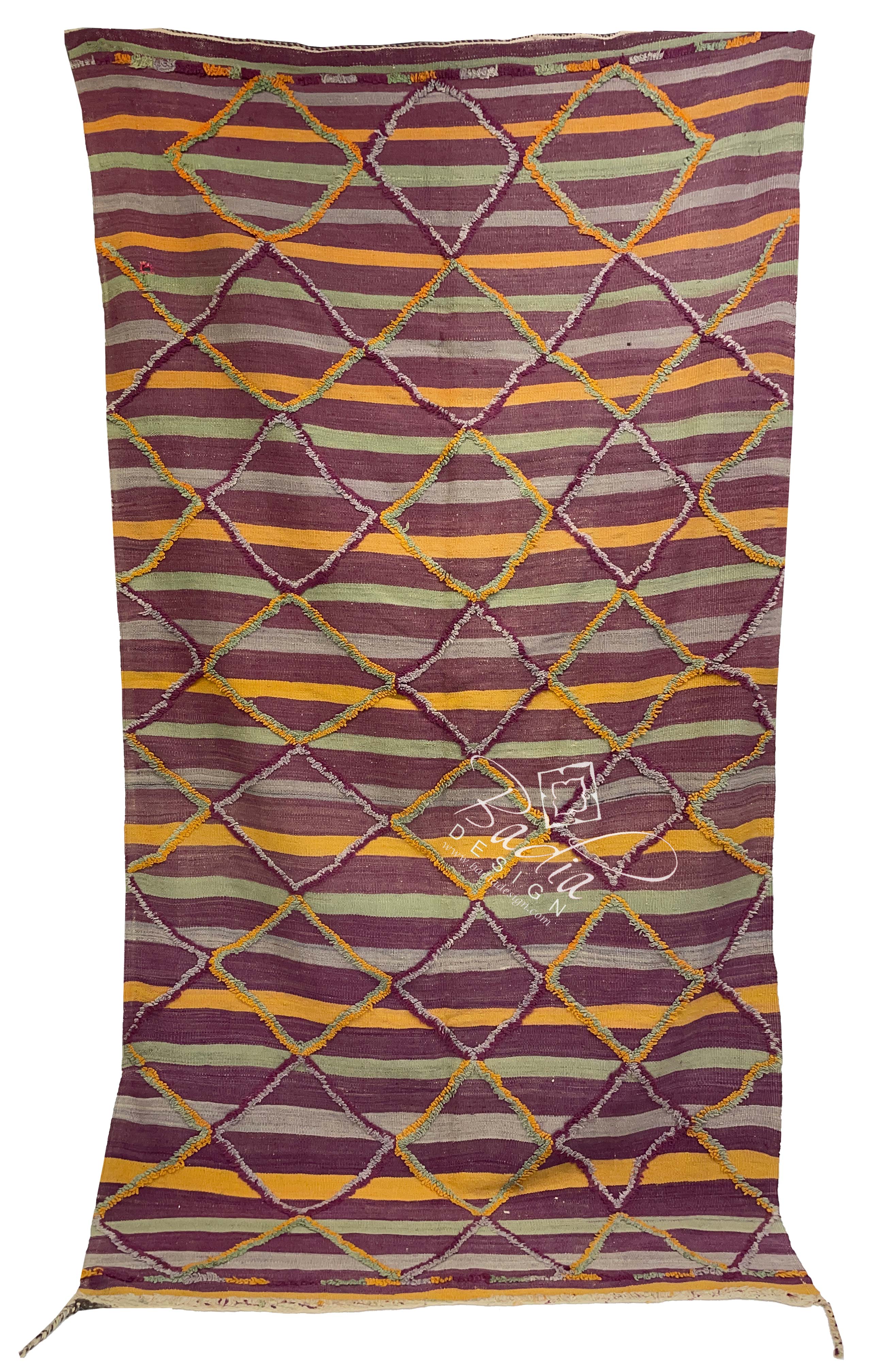Moroccan Berber Rugs: A Heritage of Craftsmanship, Culture, and Style
Moroccan Berber Rugs have captivated residents and businesses worldwide with their rich history, exquisite craftsmanship, and unmatched versatility. Whether you are furnishing a cozy living room, a modern office space, or a luxurious hotel, these rugs serve as more than just functional items—they are pieces of art with a story to tell. This guide delves into the rich origins of Moroccan Berber rugs, the meticulous craftsmanship behind their creation, their exceptional longevity, and creative ways to incorporate them into today’s interiors.
The origins of Moroccan Berber rugs can be traced back thousands of years to the Berber tribes of North Africa. These indigenous groups, with their deeply rooted traditions, crafted unique weaving methods as a practical response of their nomadic lifestyles and varied website environmental conditions.
The symbols and motifs in these rugs narrate stories that are specific to the tribe or family of origin. These symbols frequently represent protection, fertility, or the natural environment, making each rug a deeply personal creation. Historically, these rugs were made for practical use, offering warmth in the cold Atlas Mountains or serving as bedding in arid environments.
During the 20th century, these rugs were introduced to global design by architects such as Le Corbusier and Frank Lloyd Wright, who used them in prestigious projects. Today, their timeless aesthetic and cultural richness make them a top pick for interior designers and art enthusiasts worldwide.
The production of Moroccan Berber rugs is an intricate process handed down through generations. This craftsmanship embodies a deep connection to heritage and creativity.
Berber rugs are typically crafted from natural materials such as sheep’s wool, camel hair, or even cotton. Wool is especially prized for its soft texture, resilience, and ability to retain warmth. The wool is usually spun by hand, resulting in a one-of-a-kind finish.
Berber rugs are handwoven on classic frames, a process that can take extensive time depending on the size and complexity of the design. The knots—whether Beni Ourain’s loose and shaggy texture or the tighter weave of Azilal rugs—shape its beauty and resilience.
Artisans rely on natural dyes from the environment to produce the vivid tones seen in Berber rugs. Neutral shades dominate Beni Ourain designs, while brighter Azilal and Boucherouite pieces feature striking colors like red, blue, and yellow.
One of the key features of Moroccan Berber rugs is their exceptional durability. As a result, they’re an excellent fit for living spaces and work environments.
Berber rugs owe their longevity to the excellent quality of their natural fibers. Wool’s elasticity and stain resistance contribute to their durability.
Cleaning and maintaining a Moroccan Berber rug is relatively simple. Routine vacuuming and periodic professional care can preserve their beauty for decades.
Tips for Styling Moroccan Berber Rugs in Modern Homes
Adding Moroccan Berber rugs to modern spaces is simpler than it seems. These rugs' adaptability allows them to suit various aesthetics, including minimalist and bohemian styles.
1. Create a Focal Point in the Living Room
Use a large Beni Ourain rug as the centerpiece of your living room. Its neutral colors and simple geometric patterns can tie together various design elements while adding a sense of warmth and comfort.
2. Add Color to Neutral Spaces
If your space leans toward a monochromatic or minimalist aesthetic, a vibrant Azilal or Boucherouite rug can introduce a pop of color and visual interest. They are ideal for subdued settings, acting as the central highlight.
3. Layer Rugs for Texture
For a cozy, eclectic vibe, layer a smaller Berber rug over a larger natural-fiber rug, such as jute or sisal. This combination not only adds depth and texture but also highlights the intricate details of the Berber design.
4. Elevate the Look of Offices and Workspaces
Moroccan Berber rugs are perfect for adding elegance and warmth to professional spaces, including offices and lounges. The artisanal craftsmanship of these rugs radiates authenticity and refinement.
5. Display Moroccan Berber Rugs as Decorative Art
Some Moroccan Berber rugs are so visually stunning that they deserve to be displayed as art. Displaying a Berber rug on a wall highlights its intricate design and cultural significance.
Reasons to Invest in Moroccan Berber Rugs
Moroccan Berber rugs combine functionality, beauty, and cultural depth, making them a valuable choice for homes and businesses alike. These rugs are built to last, and their classic designs remain relevant despite evolving decor trends.
Eco-Friendly and Ethical Craftsmanship
Berber rugs are often made with environmentally responsible and sustainable techniques. By investing in these rugs, you’re not only enhancing your space but also supporting traditional artisans and their communities.
Why Berber Rugs Gain Value Over Time
Authentic Moroccan Berber rugs often appreciate in value over time, especially vintage or rare pieces. They are both functional decor and collectible assets.
